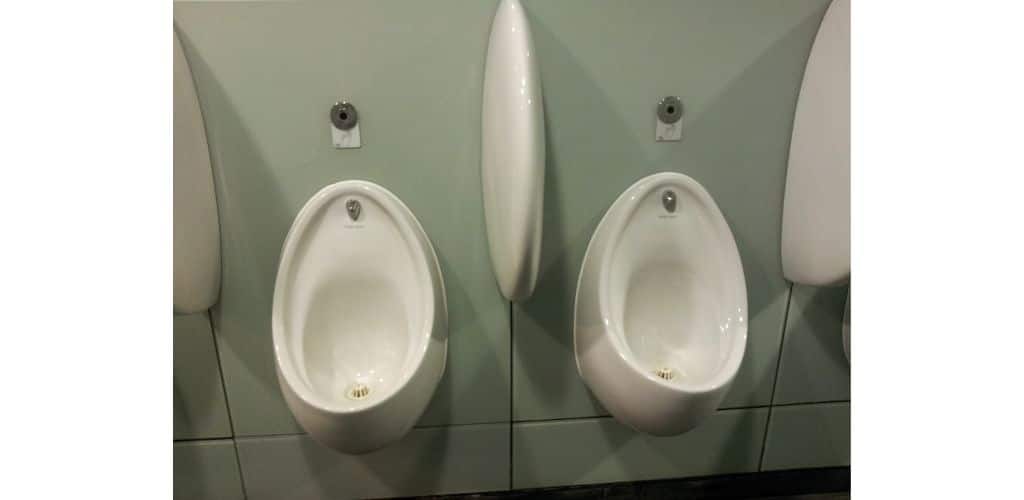The Patent Trial and Appeal Board (PTAB or Board) has found that an Amazon.com product listing doesn’t qualify as “prior art” in an inter partes review (IPR) challenge to patentability.
The matter is Vectair Systems Inc. v. Fresh Products, Inc.
Vectair Inc. (the Petitioner) filed a Petition for inter partes review of claims 1, 19 and 38 of U.S. Patent No. 10,145,098 owned by Fresh Products, Inc.
The patent discloses:
A urinal assembly having a frame and a plurality of posts or posts extending from the frame. The frame can include a plurality of openings. The openings can be defined by a plurality of sides and corners. The posts can extend from the corners and/or from the sides of the openings. In some embodiments, posts extend from a first face and a second face of the frame.
The patent discloses that the improved urinal screens
reduce splashing in the urinal by deflecting urine or other fluids which pass between the frame 14 and the installation surface (e.g., fluid that passes through the openings or around the perimeter of the frame.
The Petitioner referred to several prior art references to claim that the invention was unpatentable based on 35 U.S.C. §§ 102 and 103. One of these prior art references was an Amazon.com product listing.
Under 35 U.S. Code § 102,
A person shall be entitled to a patent unless—
(1)
the claimed invention was patented, described in a printed publication, or in public use, on sale, or otherwise available to the public before the effective filing date of the claimed invention; or
(2)
the claimed invention was described in a patent issued under section 151, or in an application for patent published or deemed published under section 122(b), in which the patent or application, as the case may be, names another inventor and was effectively filed before the effective filing date of the claimed invention.
However, a disclosure made one year or less before the effective filing date of a claimed invention shall not be prior art to the claimed invention.
Under 35 U.S. Code § 103,
A patent for a claimed invention may not be obtained, notwithstanding that the claimed invention is not identically disclosed as set forth in section 102, if the differences between the claimed invention and the prior art are such that the claimed invention as a whole would have been obvious before the effective filing date of the claimed invention to a person having ordinary skill in the art to which the claimed invention pertains.
The Board noted that
A Petitioner in an inter partes review may challenge the patentability of claims under 35 U.S.C. § 102 or § 103 “only on the basis of prior art consisting of patents or printed publications.” 35 U.S.C. § 311(b).
Also,
Whether a reference qualifies as a “printed publication” is a legal conclusion based on underlying factual findings.
In this case, said the PTAB,
Petitioner fails to establish a reasonable likelihood that the Amazon Listings were publicly accessible before the priority date of the ’098 patent, and therefore fails to establish a reasonable likelihood that the Amazon Listings qualify as printed publications. As explained in a previous Board decision, “[t]he date that a product was listed as first available on a website . . . is not sufficient evidence that the content of the listing, including the photographs depicted therein, were published at that time.”
The Board explained that this is because
product listings may be updated and photographs of the products may change over time and, therefore, a statement on a commercial website as to when a product was “first available” is insufficient evidence without additional corroborating evidence that the listing itself, or any photograph depicted therein, has not changed over time.
Just like the haiku above, we like to keep our posts short and sweet. Hopefully, you found this bite-sized information helpful. If you would like more information, please do not hesitate to contact us here.


